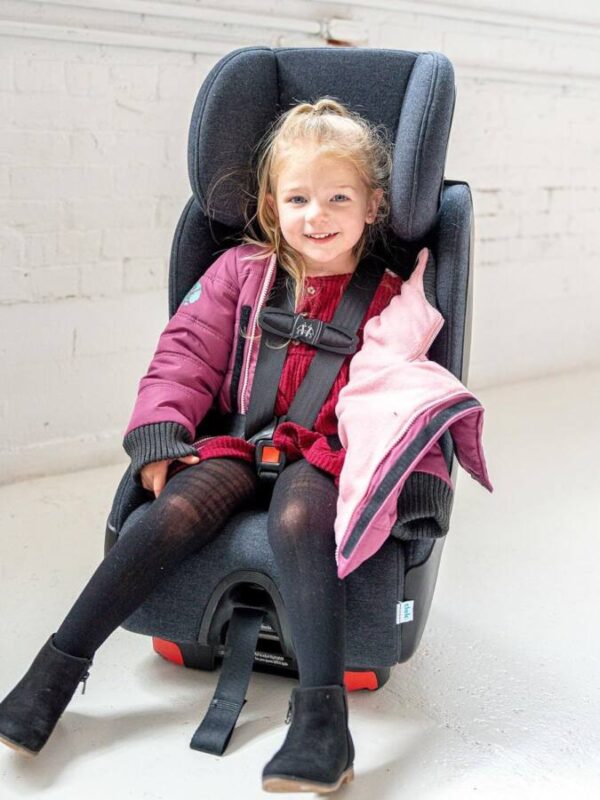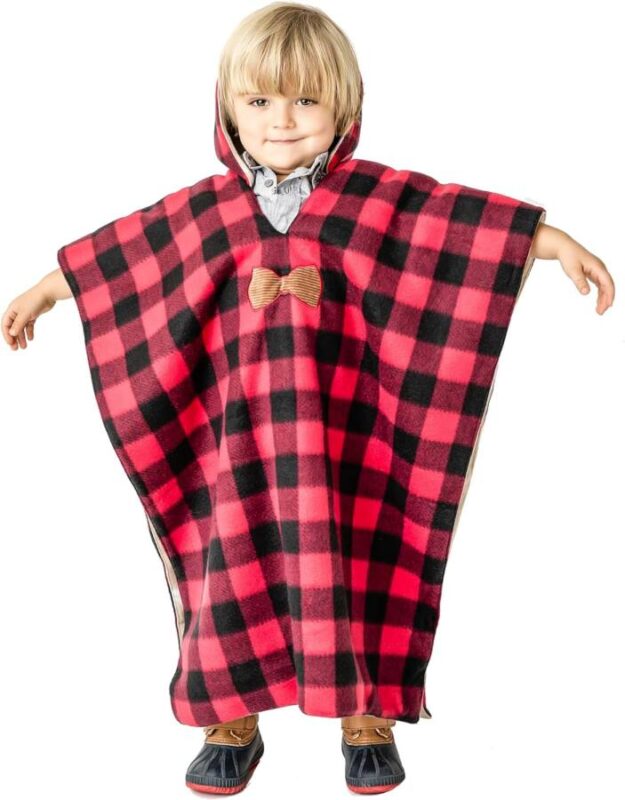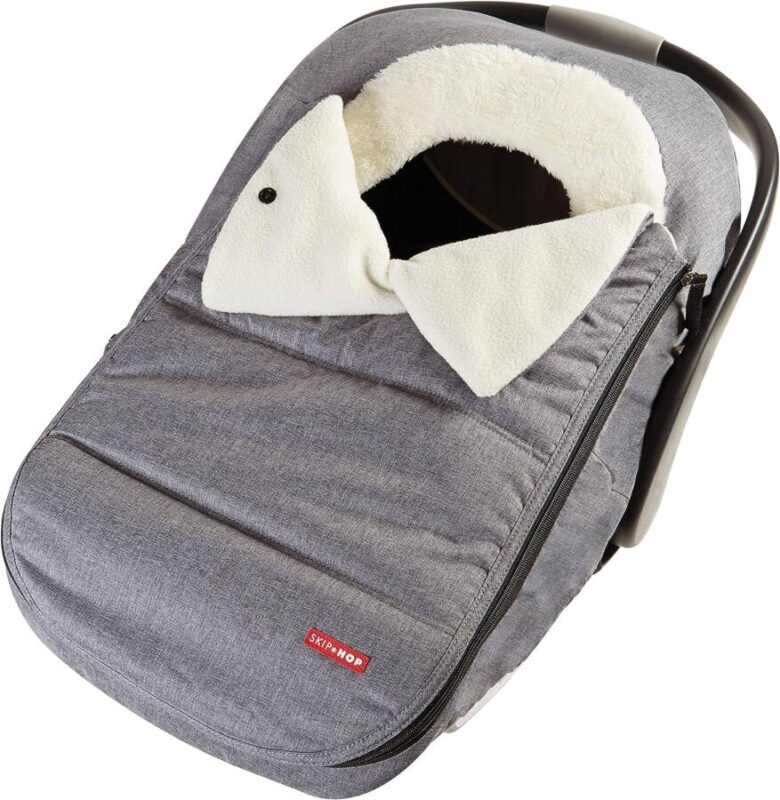Most parents and caretakers don’t think twice about bundling up their kids in warm, bulky coats on a cold day. But when it comes time to buckle that kiddo into a car seat, the safest thing they can do is remove the coat before strapping them in.
Wearing a big, puffy coat underneath a car seat harness could prove deadly because while it may seem like a child is snug in their car seat, in reality, the coat causes the harness straps to be quite loose.
This is because puffy winter coats are filled with air in addition to some filler material, and in the event of a crash, that air is quickly compressed, causing the child to be thrown much further forward than they would be if they were strapped in without wearing a coat. They could even be pulled entirely out of the car seat.
It may not seem like a few inches of fabric and filler would make a difference, but the consequences could be fatal. Watch this video produced by The Car Seat Lady to see what happens as a result of using bulky winter coats on children in car seats.
MORE: This handy chart will help you figure out which car seat is best for your child at every age
Here’s an easy rule to remember: Never buckle a child into their car seat wearing something they wouldn’t wear indoors. So, you can add a warm layer, like a sweatshirt or sweater, but remove the coat before buckling your kiddo into their car seat.
The coat can then cover them like a blanket to keep them warm, or it can be worn backwards over the car seat harness. Another option is to keep actual blankets in the car for snuggling under on car trips.
Surprisingly, this advice also applies to adults. If you’re in a car wearing a seat belt, you should remove your winter coat before strapping yourself in as well.
Consumer Reports suggests that if you are unsure whether your child’s coat is too bulky to allow the child to be effectively protected during a crash, try the following process (some folks call this “the pinch test”):
- With your child wearing the coat, place them in the car seat and buckle them in. Keep tightening the harness until none of the webbing can be pinched with your thumb and forefinger.
- Unfasten the harness (but don’t loosen it) and remove the child’s coat. Then buckle the child into the car seat again and check the harness straps: If you’re able to pinch the webbing now, the coat is too thick or puffy for the child to wear while strapped into the car seat.
There are also a number of jackets that have been made specifically to be safe in a car seat, including the Buckle Me Baby line of coats. These coats were designed with a side zipper so the car seat harness can be tightened snugly and then the coat folds over the harness and zips up on the side. These coats come in a variety of colors and sizes.

A hooded car seat poncho is another coat alternative that will safely keep kids warm on car rides. Made of plush fabric and fashioned with a hood, the Birdy Boutique Car Seat Poncho is like a wearable blanket that drapes over top of the car seat harness to keep out the chill once the child is all strapped in.

For littler babies, check out car seat covers, which stretch over the entire car seat (or baby carrier) and feature a soft lining that keeps baby snuggly warm. This one from reliable baby gear brand Skip Hop looks as cozy as can be.

Or get your baby accustomed early to riding in style with a 7am Enfant Car Seat Cocoon Cover, complete with chic faux fur lining the area where baby’s face peeks out.

No matter what option you choose for keeping your little one warm, keep this important safety tip in mind this winter, and share it with other parents and friends. A little discomfort from the cold is worth it when it can mean the difference between life and death.
Looking for other car seat safety tips? Here’s a quick roundup of guidelines to follow if you want to keep your little ones safe:
1. Expensive Car Seats Aren’t Always Safer
One set of parents, who are both paramedics, posted on Facebook about the importance of not only finding the right seat, but securing the kids properly.
“In our experience, the biggest difference between a child’s safety hasn’t been if they were in the $600 car seat or the $200 one. It’s been about those straps,” wrote the Australian mom on her page Project Hot Mess.
2. Make Sure Seats Are Facing the Correct Way
Do not be in a rush to turn those rear-facing seats the other way, according to experts. A child should stay in a rear-facing position until they are 2 years old or have reached the rear-facing height or weight limit of the car seat. It’s strongly recommended that children remain rear-facing until at least 2 years of age. Convertible seats typically allow parents make the switch earlier, though you’re advised to resist the urge.
3. Is My Child Old Enough to Graduate to a Booster Seat?
Your child may be getting older, but that doesn’t necessarily mean it’s time to get out of a car seat and into a booster seat. Age is not the determining factor of when to graduate into a booster seat.
The American Academy or Pediatrics recommends following two guidelines when considering a booster seat for children ages 8 to 12:
- Shoulder belt firmly in the middle of the shoulder
- Lap belt low on the thighs
Remember, no matter the seat, following the manufacturer’s instructions is key!
MORE: 11 clever tricks to keep your kids buckled in their car seats
Why you should never leave your child’s coat on in a car seat originally appeared on Simplemost.com


